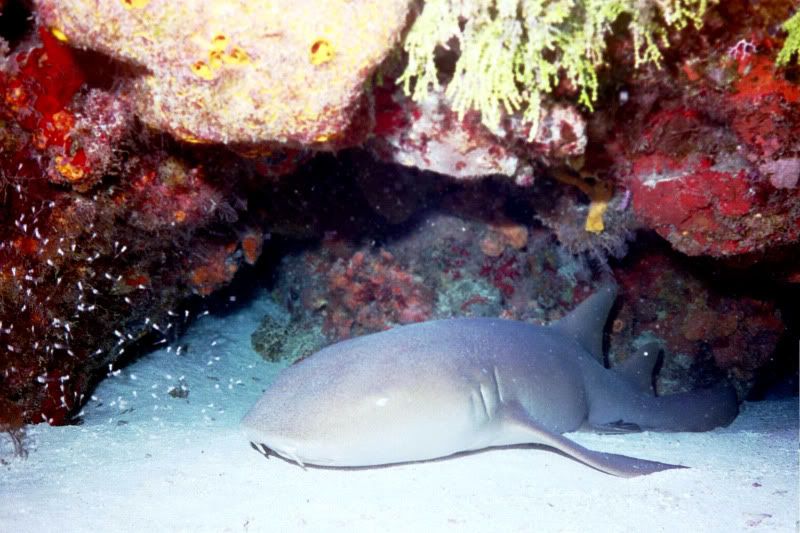Paul,
Your tank looks great. when I first started a saltwater tank about 20yrs ago I used a UG reverse flow with crushed coral substrate. It was a 33g tank and I had power heads on both ends. I fought hair algae for months; it looked better than my lawn. I tried everything to control it but no good. After 6 months I pulled it out and the problem went away. Maybe I was to inexperienced back then to determine the real cause but I will never go back to it.
Your tank looks great. when I first started a saltwater tank about 20yrs ago I used a UG reverse flow with crushed coral substrate. It was a 33g tank and I had power heads on both ends. I fought hair algae for months; it looked better than my lawn. I tried everything to control it but no good. After 6 months I pulled it out and the problem went away. Maybe I was to inexperienced back then to determine the real cause but I will never go back to it.



